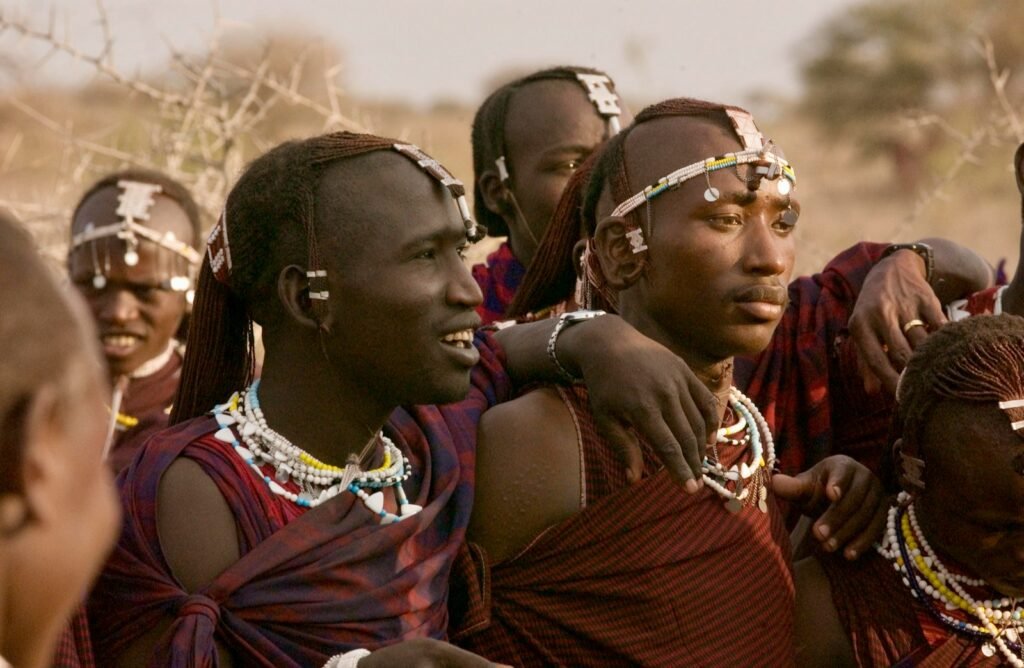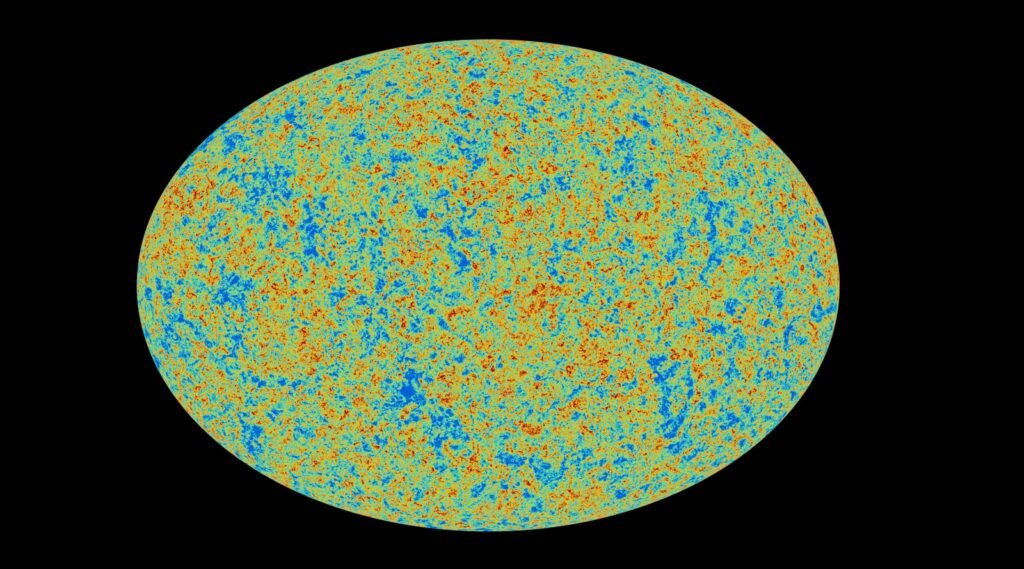They stride across East Africa’s savannas with a confidence honed over centuries, guardians of herds and memory, adapting without surrendering identity. The Maasai story is often framed as a tug-of-war between tradition and modernity, yet the real narrative is smarter and more surprising. It is about engineering resilience in harsh landscapes, negotiating policy and climate swings, and turning cultural knowledge into a living science. Today, researchers, conservationists, and Maasai communities themselves are decoding how this society continues to thrive amid drought cycles, wildlife pressures, and fast-changing economies. The stakes are high: what the Maasai know about land, livestock, and coexistence could help a hotter, drier world make better choices.
The Hidden Clues: Maa Language That Binds Across Borders

What if a language could function like a map and a memory palace at once? Maa, the language of the Maasai, stitches together people across southern Kenya and northern Tanzania, preserving ecology, genealogy, and ethics inside everyday words. Place names carry rainfall histories; livestock terms encode lineage and behavior; even color words hint at ceremony and status. Linguists note that this linguistic web helps transmit complex herding decisions without handbooks or apps.
It is also a social compass, guiding how elders, age-mates, and in-laws navigate obligation and care. In an era when many Indigenous languages are shrinking, Maa remains robust in rural strongholds and audible in market towns and schools. That durability is not an accident – it is a strategy for remembering how to live with uncertainty.
Cattle Nation: Wealth, Food, and Social Code
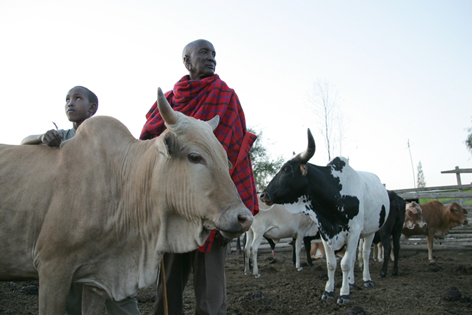
Cattle are not just assets to the Maasai; they are the axis around which life turns. Herd size signals responsibility and generosity as much as status, and cattle move with rains to spare grasslands from exhaustion. Milk is daily sustenance, meat a ceremonial food, and blood – once more common – now mostly a heritage practice.
Herds act like family banks that can be lent, gifted, or rebuilt after droughts, keeping social ties elastic. When climate shocks hit, this mobile economy gives communities options that static farms often lack. The lesson is plain: mobility can be a safety net.
From Ancient Tools to Modern Science: Age-Sets and Evolving Rites
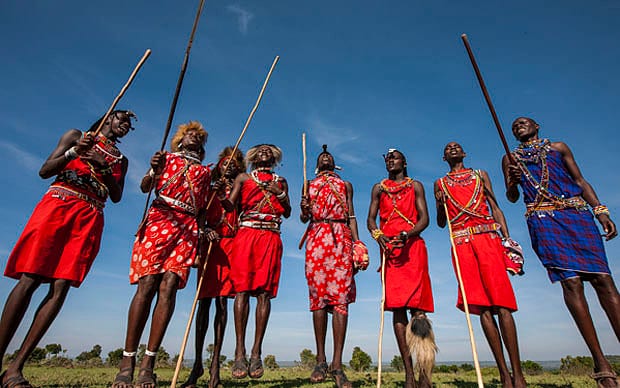
Maasai society organizes life through age-sets that move from youth through warriorhood to elderhood, a framework that distributes labor, decision-making, and care. Young men historically guarded herds and human-wildlife boundaries, while elders arbitrated disputes and calibrated seasonal movement. Women manage households, food systems, and the architecture that shelters people and calves alike.
Rites of passage have shifted in the last generation as education expands and health norms change, yet the underlying logic – welcoming responsibility in stages – persists. Anthropologists see this as a governance tool disguised as culture: it decentralizes risk, trains leaders slowly, and keeps knowledge flowing. Tradition here is not a museum; it is adaptive engineering.
Architecture in Motion: Manyattas Built for Season and Safety
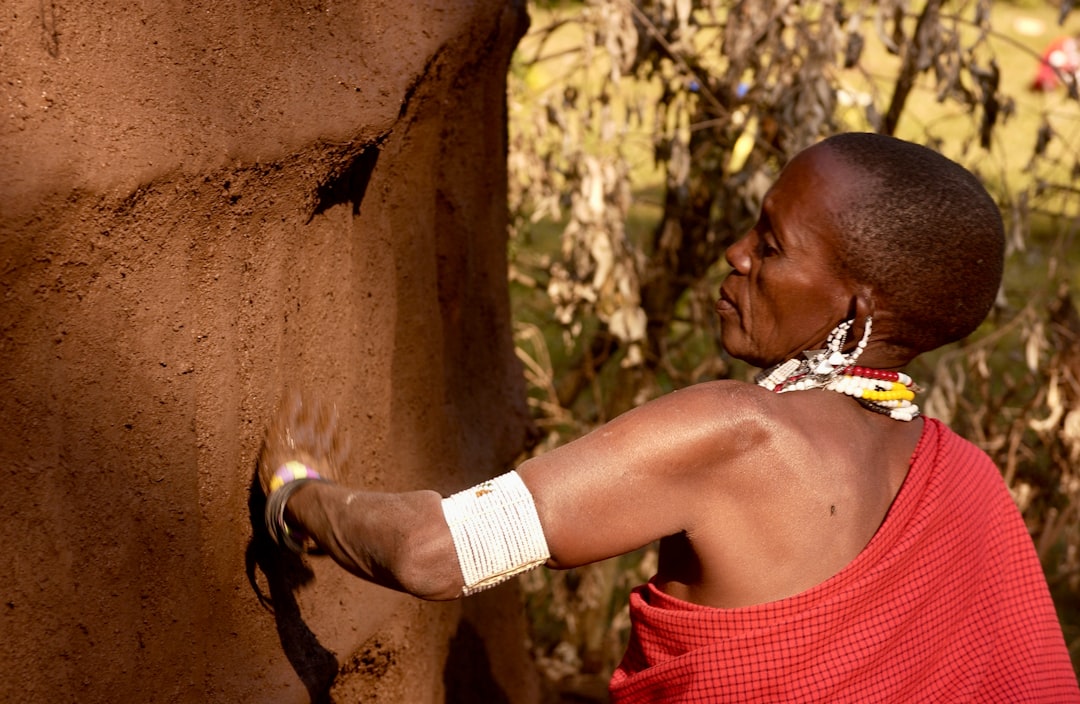
Maasai homes, or manyattas, are built from local materials – wood, earth, and dung – that insulate against heat and cold and can be repaired quickly. Families cluster houses in circular bomas ringed by thorn fences, where calves sleep at the center and predators think twice. The layout is both defensive and communal, a design born from living with lions, hyenas, and long nights.
These homesteads are meant to move when the grass says so, leaving light footprints that landscapes can heal from. In sustainability terms, it is an elegant low-carbon architecture: locally sourced, modular, and reversible. The savanna is the blueprint; the sky, the building permit.
Red, Beads, and Meaning: Dress as a Living Archive
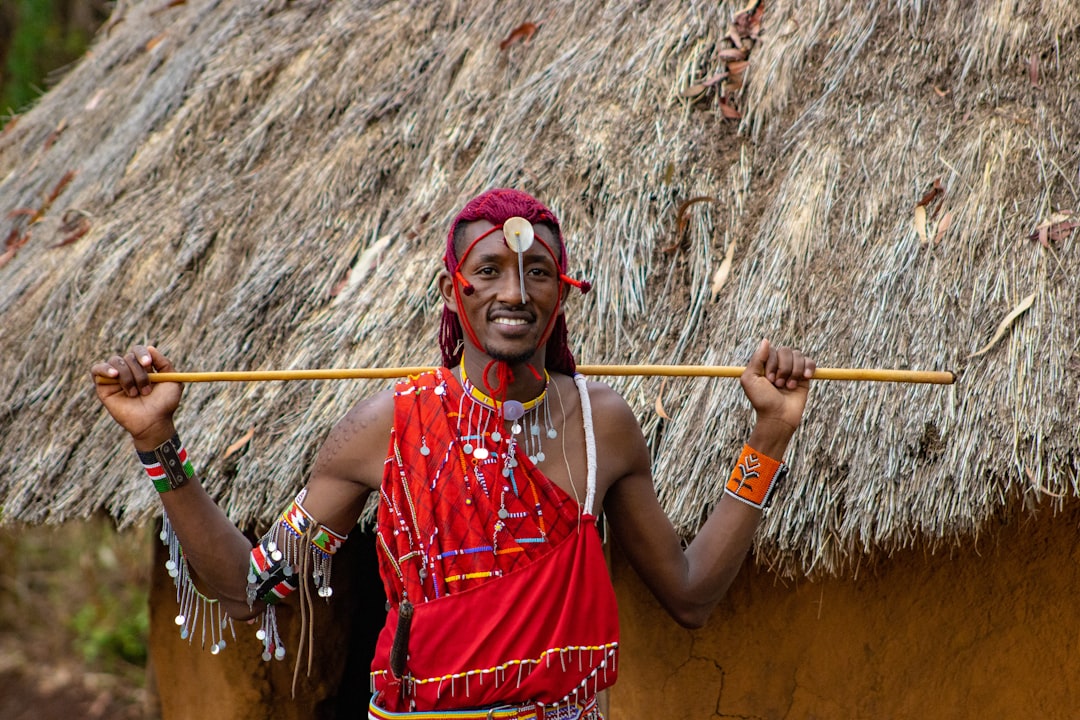
The striking red shúkà is more than spectacle; it is high-visibility safety gear on open plains and a badge of identity. Beadwork patterns can signal age, marital status, and local style, turning necklaces and belts into readable texts. Colors carry stories – reds of vitality and courage, whites of milk and peace, blues of rain and sky.
Women artisans keep this design language evolving, balancing classic motifs with new materials and markets. When tourists snap photos, they often see fashion; what they miss is the code. The Maasai wear their history, and the fabric speaks back.
Coexisting with Lions: Conservation Born from Tradition
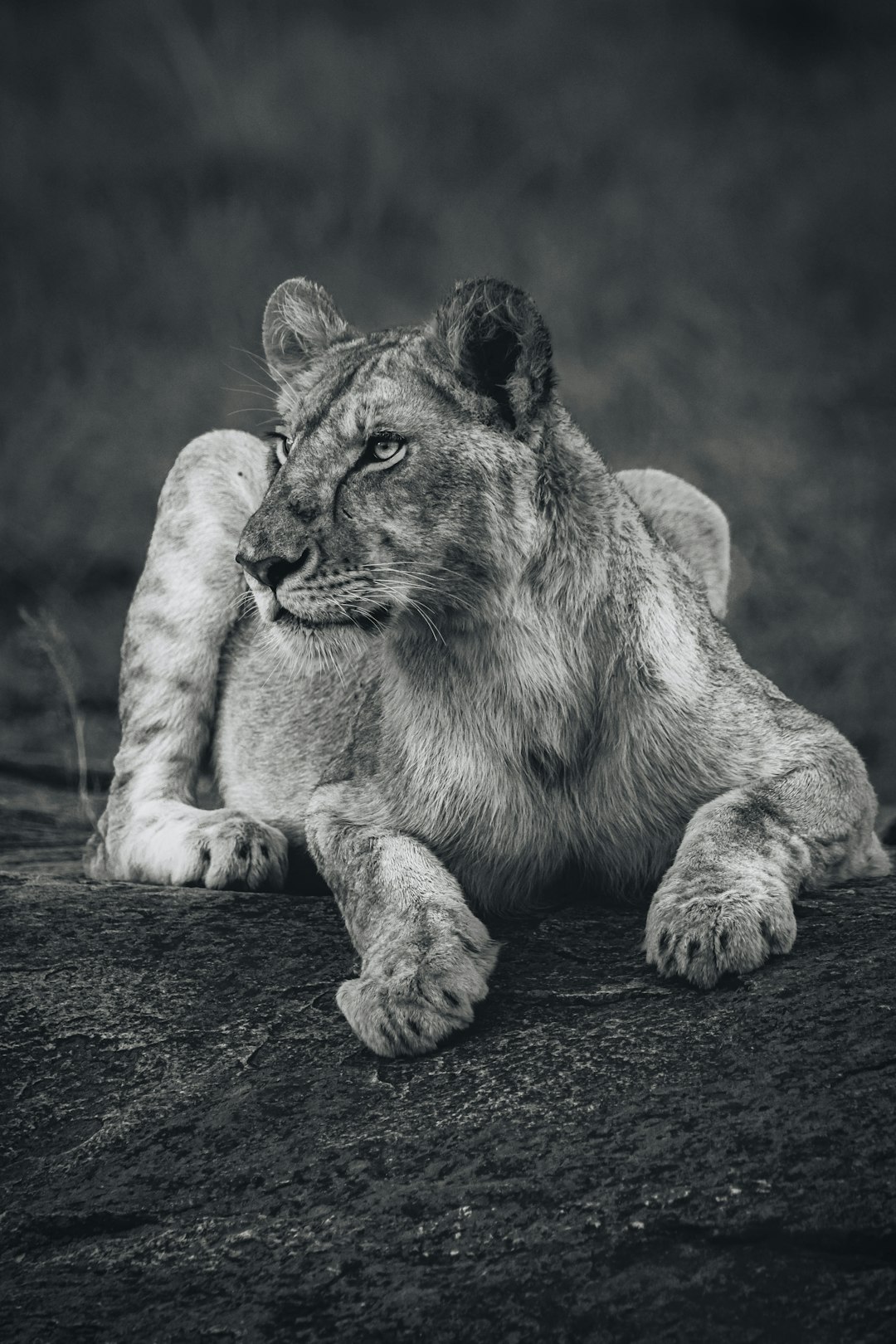
For generations, the Maasai defended their herds with courage and strategy, and lion encounters were once bound up with warrior reputation. Today, conservation partnerships have transformed that relationship, turning knowledge of predator movements into protection for both livestock and big cats. Community rangers track spoor, reinforce corrals, and respond fast when a lion tests a fence.
Night-time bomas have improved with chain-link, timber, and clever lighting, while daytime herding routes shift with real-time reports. Cultural authority matters: when respected elders back coexistence, the message carries. Instead of a zero‑sum battle, the work centers on preventing losses before conflict ignites.
The outcome is measured not only in fewer attacks but in pride – maintaining identity while safeguarding irreplaceable wildlife. It is a rare conservation story where local people are the protagonists, not the footnote. Coexistence here is not a slogan; it is practiced security.
Global Perspectives: Pastoral Knowledge as Climate Technology
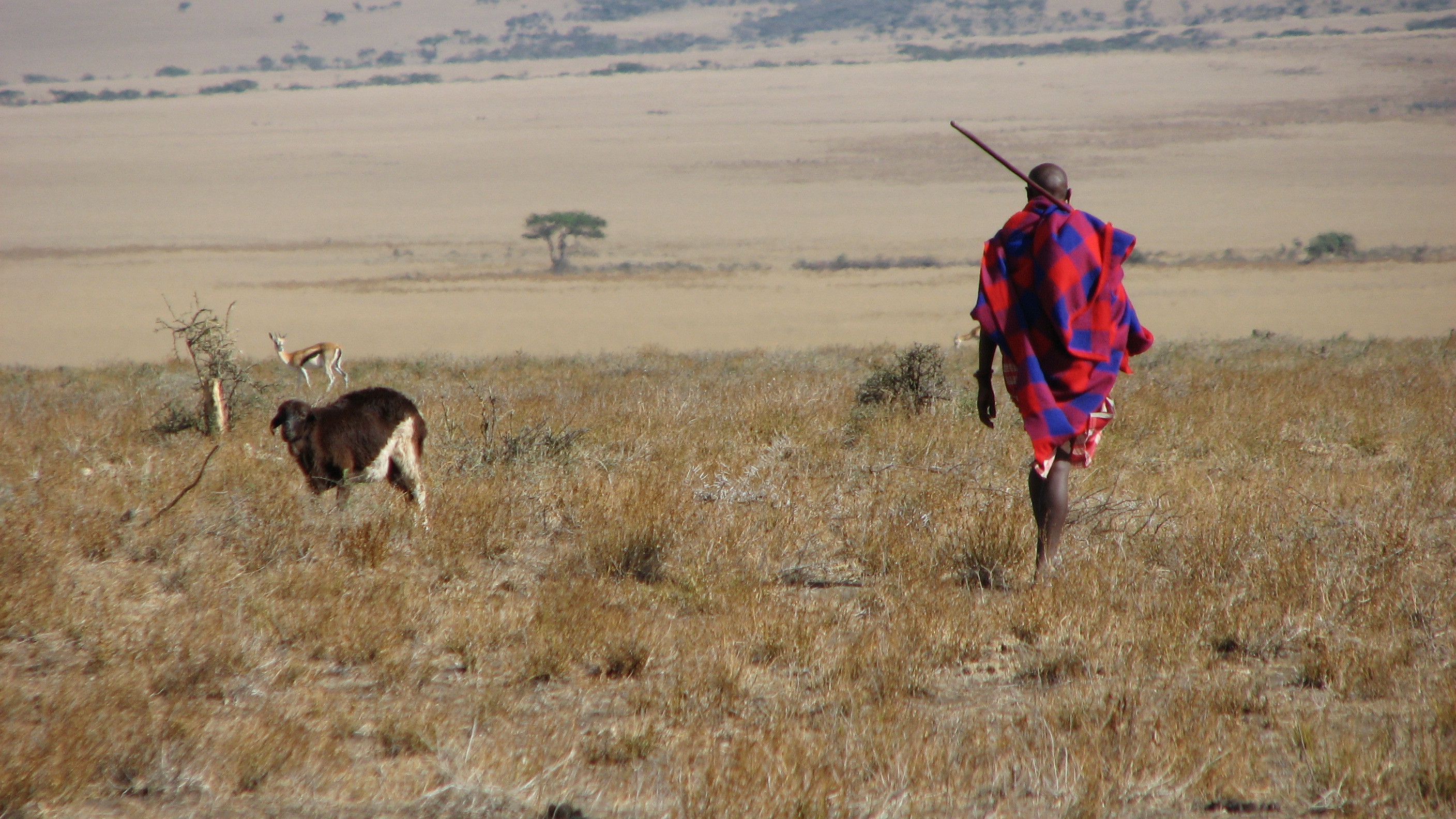
To outside eyes, herding can look old-fashioned; to climate scientists, it is a mobile system tuned to variability. Rotational grazing, dry-season reserves, and the habit of reading grass like a calendar are risk-management tools with worldwide relevance. Where fenced fields fail during droughts, herds can pivot, sparing overgrazed patches and buying time.
This is not nostalgia – it is a portfolio strategy for uncertain rainfall. In policy rooms far from the savanna, the Maasai example challenges assumptions that modernity equals permanence. Sometimes, survival means never planting your feet in one place for too long.
Why It Matters: Indigenous Stewardship Protects Biodiversity
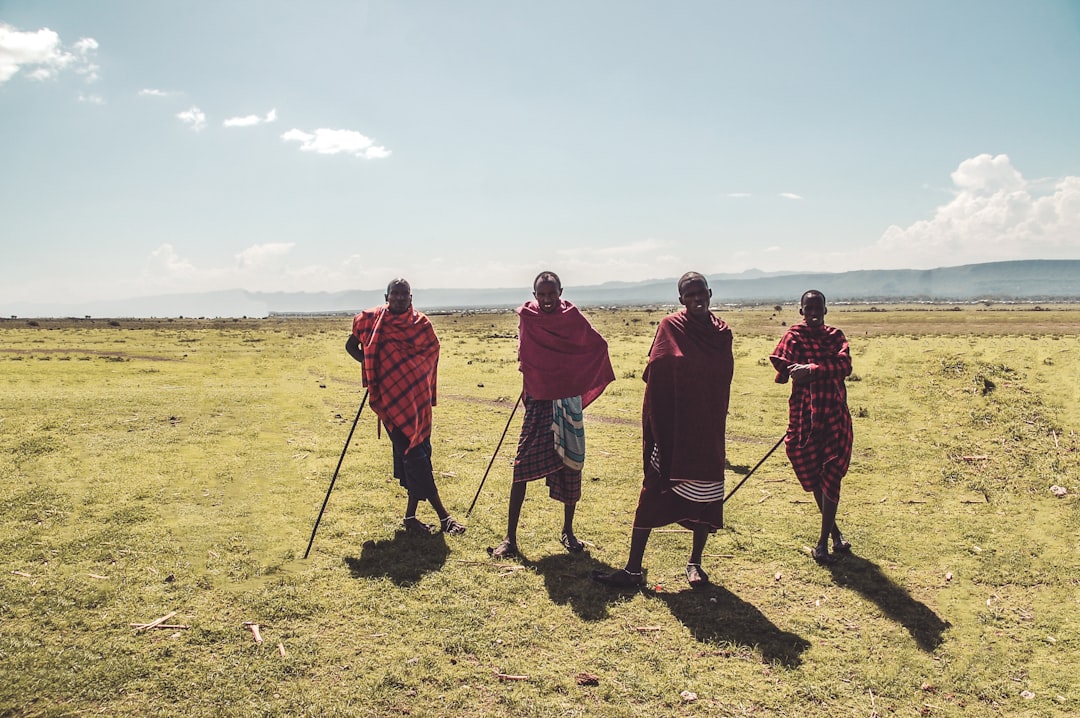
Much of East Africa’s wildlife survives because people like the Maasai kept rangelands open, with seasonal movement that plants, soils, and migrations could tolerate. Fragmentation from roads, fences, and unplanned sprawl threatens that balance, compressing both herds and wild species into smaller spaces. When grazing corridors close, the land loses its shock absorbers.
Protecting community land rights and supporting Maasai-led conservancies safeguards more than culture; it stabilizes carbon in soils, keeps water infiltrating, and leaves routes open for elephants, zebras, and antelope. The wider scientific point is powerful: biological diversity thrives where social systems allow it to breathe. If we care about the planet’s lungs, we must care who holds the keys to the gates.
The Future Landscape: GPS Herding, Conservancies, and Climate Risks

Tomorrow’s pastoralism is already arriving in the Maasai heartland with smartphones, satellite forecasts, and GPS collars that show where cattle and wildlife pass safely. Community conservancies negotiate grazing plans with tourism operators and park authorities, trading reliable pasture for revenue and schools. Solar power lights bomas and charges phones that carry weather alerts in seconds.
Yet climate volatility is sharpening, with longer dry spells and sudden downpours testing even the best playbooks. Education brings new opportunities that pull youth into towns, and land subdivision can harden once‑flexible boundaries. The next chapter hinges on co‑management that respects mobility while delivering services people rightly expect.
From Markets to Medicine: Health, Education, and Economic Change
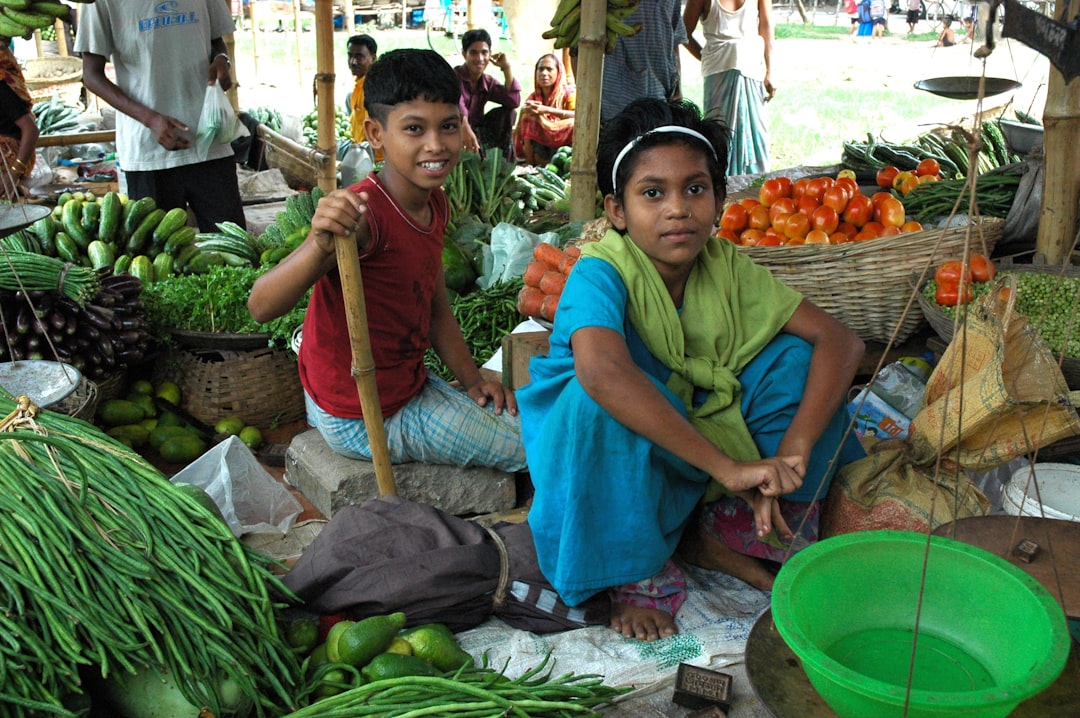
Weekly markets now bustle with veterinary supplies, grain, and beadwork, and mobile money links herders to buyers beyond the horizon. Schools are expanding, and many families work hard to balance attendance with seasonal movement so children keep both literacies: books and land. Health outreach has improved vaccination and maternal care, with community health workers translating science into daily practice.
These shifts diversify income and reduce risk but also reshape schedules, ceremonies, and gendered labor. The challenge is not modern life versus tradition – it is making sure new systems fit a mobile world. When policy listens first, adaptation follows.
What You Can Do Now: Respect, Support, and Listen
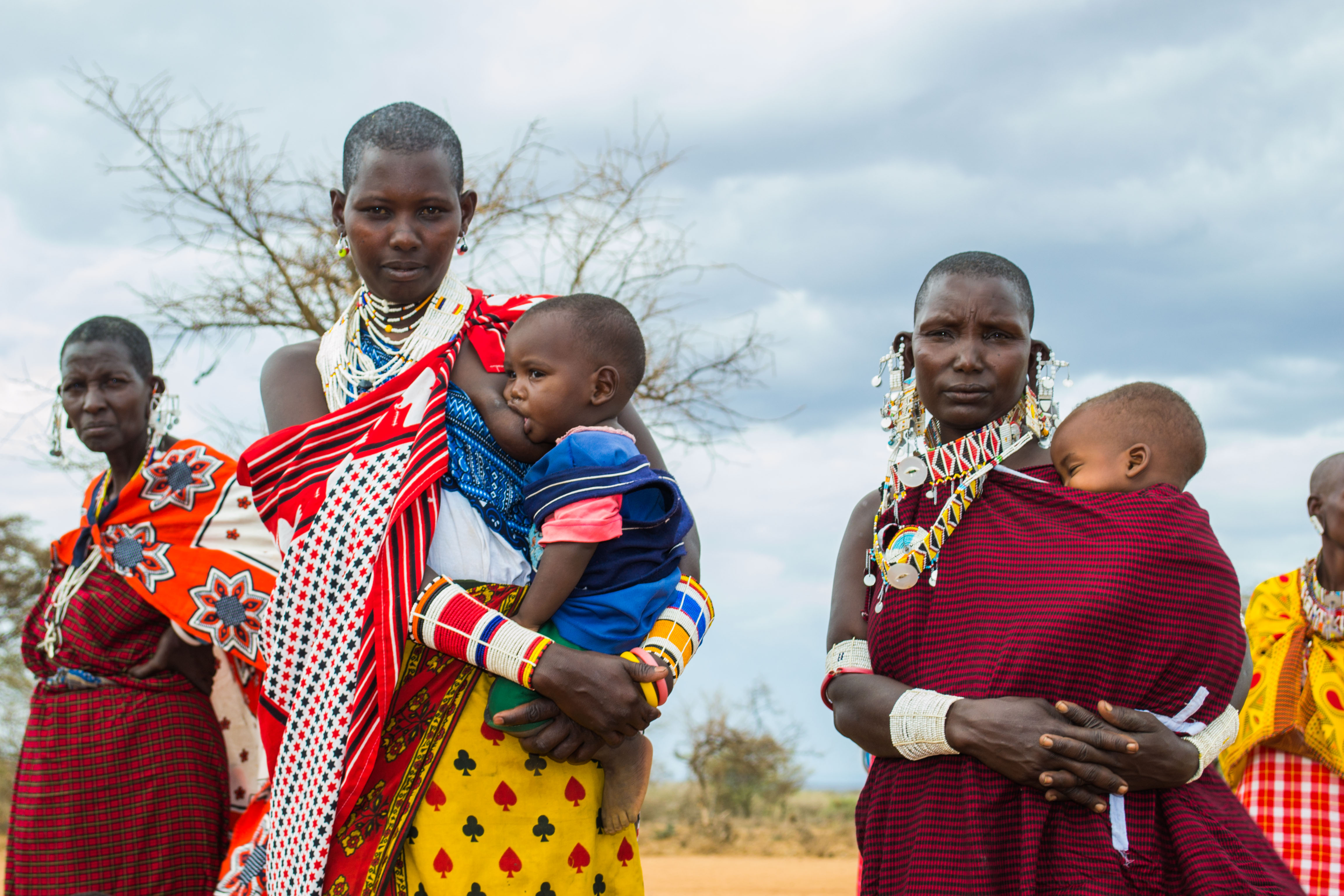
Engage with Maasai-led organizations that protect land rights and fund education, placing decisions where knowledge lives. If you visit, choose conservancies and guides that employ local rangers, pay fair rates, and minimize disturbance to people and wildlife. Buy beadwork and crafts through verified cooperatives so revenue flows to the artisans who carry the design language forward.
Amplify research and journalism that center Maasai voices and evidence, not stereotypes, and advocate for policies that keep wildlife corridors open. Real resilience grows when respect meets resources – are you ready to be part of that story?

Suhail Ahmed is a passionate digital professional and nature enthusiast with over 8 years of experience in content strategy, SEO, web development, and digital operations. Alongside his freelance journey, Suhail actively contributes to nature and wildlife platforms like Discover Wildlife, where he channels his curiosity for the planet into engaging, educational storytelling.
With a strong background in managing digital ecosystems — from ecommerce stores and WordPress websites to social media and automation — Suhail merges technical precision with creative insight. His content reflects a rare balance: SEO-friendly yet deeply human, data-informed yet emotionally resonant.
Driven by a love for discovery and storytelling, Suhail believes in using digital platforms to amplify causes that matter — especially those protecting Earth’s biodiversity and inspiring sustainable living. Whether he’s managing online projects or crafting wildlife content, his goal remains the same: to inform, inspire, and leave a positive digital footprint.

